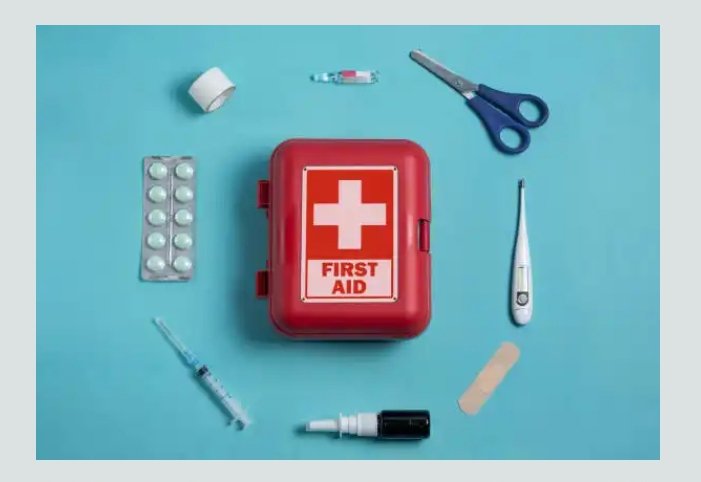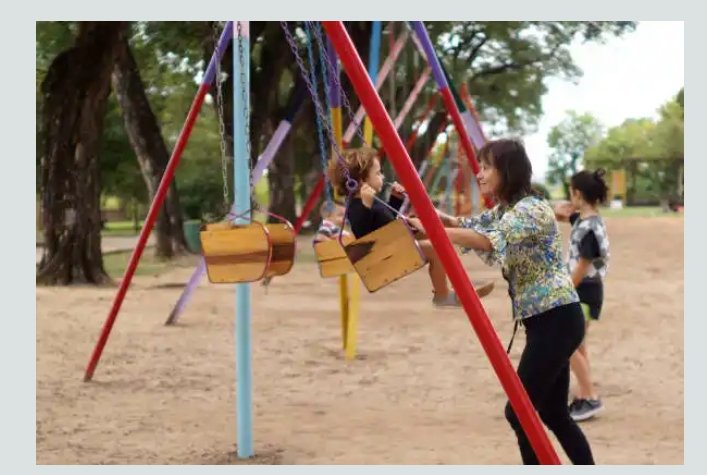As children approach school age, parents are often tasked with selecting a suitable crèche, preschool, nursery, primary, or secondary school. Often, this decision may be prompted by relocation. Nonetheless, there are several factors to bear in mind when choosing the right school for your child.
- Fees:
One of the most critical considerations when choosing a school is understanding the fees involved. Start by researching the tuition costs, including any hidden fees such as enrollment charges, examination fees, extracurricular program fees, transportation, and school supplies. While some schools may appear affordable on the surface, additional costs can quickly add up. Furthermore, consider if the school offers financial aid, scholarships, or installment payment plans to ease the financial burden. It's also important to evaluate whether the quality of education and services provided by the school aligns with the fees they charge. Remember, an expensive school doesn't always guarantee quality, and a more affordable school may sometimes provide an equally, if not better, educational experience. Balancing your budget with the value the school offers is key to making an informed decision.
2 . Proximity:
Proximity is another essential factor to consider when selecting a school for your child. A school close to your home or workplace offers significant convenience, reducing the stress and time spent commuting. Long distances can make children tired and reduce their capacity to focus on school activities. It also allows parents or guardians to quickly reach the school in case of emergencies, making it easier to attend school events and maintain a connection with teachers. In addition, schools located in safe neighborhoods provide an added layer of comfort for parents. However, proximity should be balanced with the quality of the school. If the nearest school does not meet your standards, you may consider slightly farther options while still prioritizing convenience and safety.
3 . Student-to-Teacher Ratio:
The student-teacher ratio refers to the number of students assigned to each teacher in a classroom. Considering this ratio is crucial when choosing a school, as it directly impacts the quality of education and attention your child receives. A lower ratio ensures that teachers can dedicate more time to each student, address individual needs, and provide personalized support, thereby enhancing the learning experience. On the other hand, a higher ratio may result in students receiving less individualized attention, potentially affecting their academic performance and emotional well-being.
4 . Curriculum:
Look out for the specifics of their curriculum; is it a blended curriculum? Or a national one? Regardless of the curriculum type, it should be practicable. Additionally, understanding the school curriculum allows parents to gauge the quality of education their child will receive and whether it meets their expectations and values.
5 . Extracurricular Activities:
Extracurricular activities are activities that students participate in outside of the regular academic curriculum. These activities offer a chance for your child to explore their interests and passions outside the classroom.

Source
6 . Facilities:
Adequate facilities, such as well-equipped classrooms, libraries, laboratories, sports facilities, and playgrounds, contribute to a conducive learning environment. They enhance learning opportunities, promote safety, and support various extracurricular activities.

Source
7 . Safety Measures:
Safety is paramount when choosing a school for your child. You must assess the safety measures in place to ensure your child's well-being while in school. Start by asking questions about the school’s security policies, such as the presence of security personnel, surveillance cameras, and controlled entry points. It’s also important to understand how the school handles emergencies, including medical situations, natural disasters, or other unforeseen events. Are fire drills and evacuation exercises conducted regularly? Is there a well-equipped first aid station and access to medical professionals? Moreover, the school should have anti-bullying policies in place and provide a supportive environment for students to report any safety concerns. Visiting the school premises can give you a clearer picture of its safety protocols and overall environment. Remember, your child’s physical and emotional safety should never be compromised.
You can add more using the comment section.
Thanks for stopping by my blog. Follow @nsigo1 for more educative and fun-filled updates.







